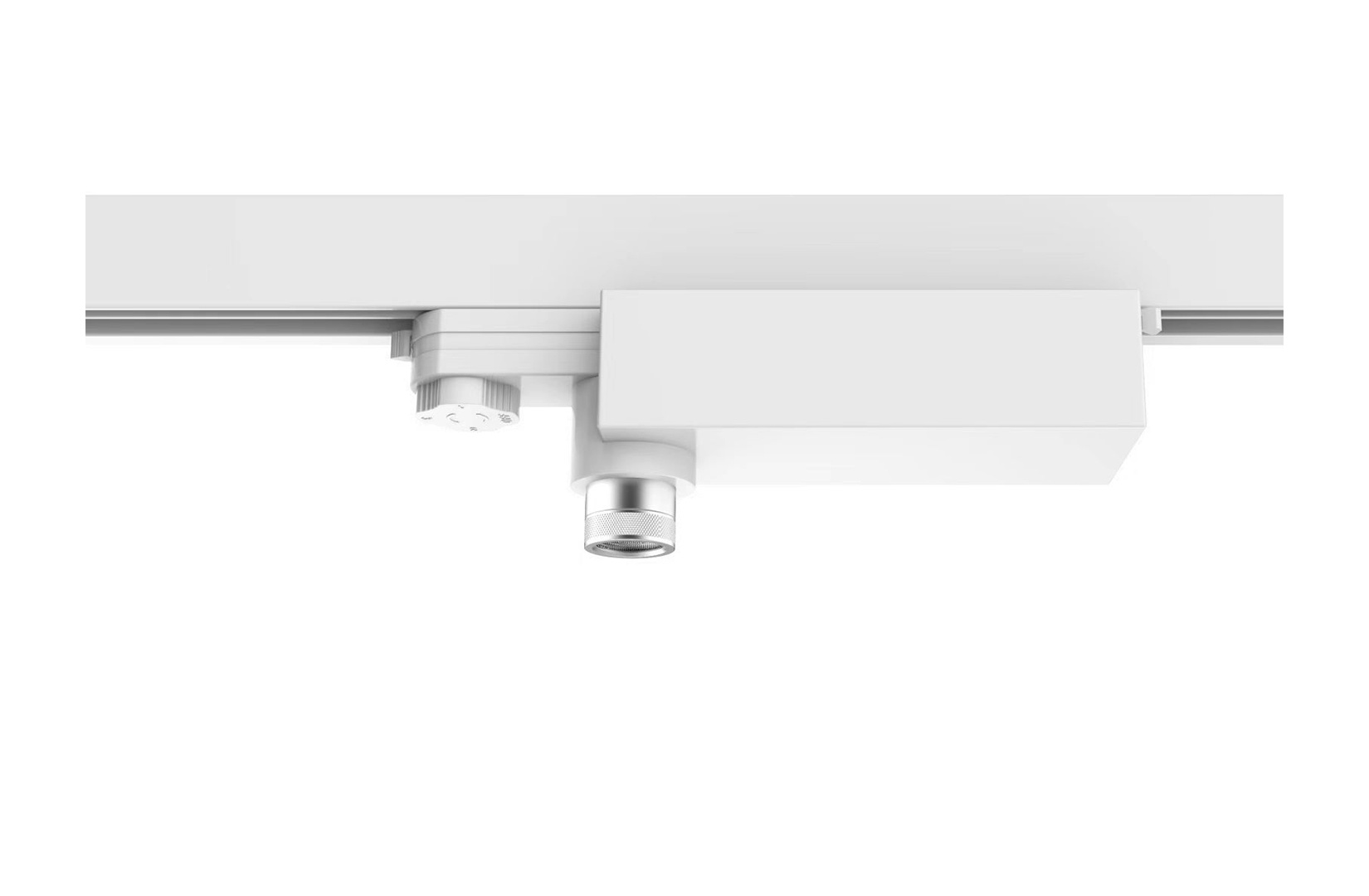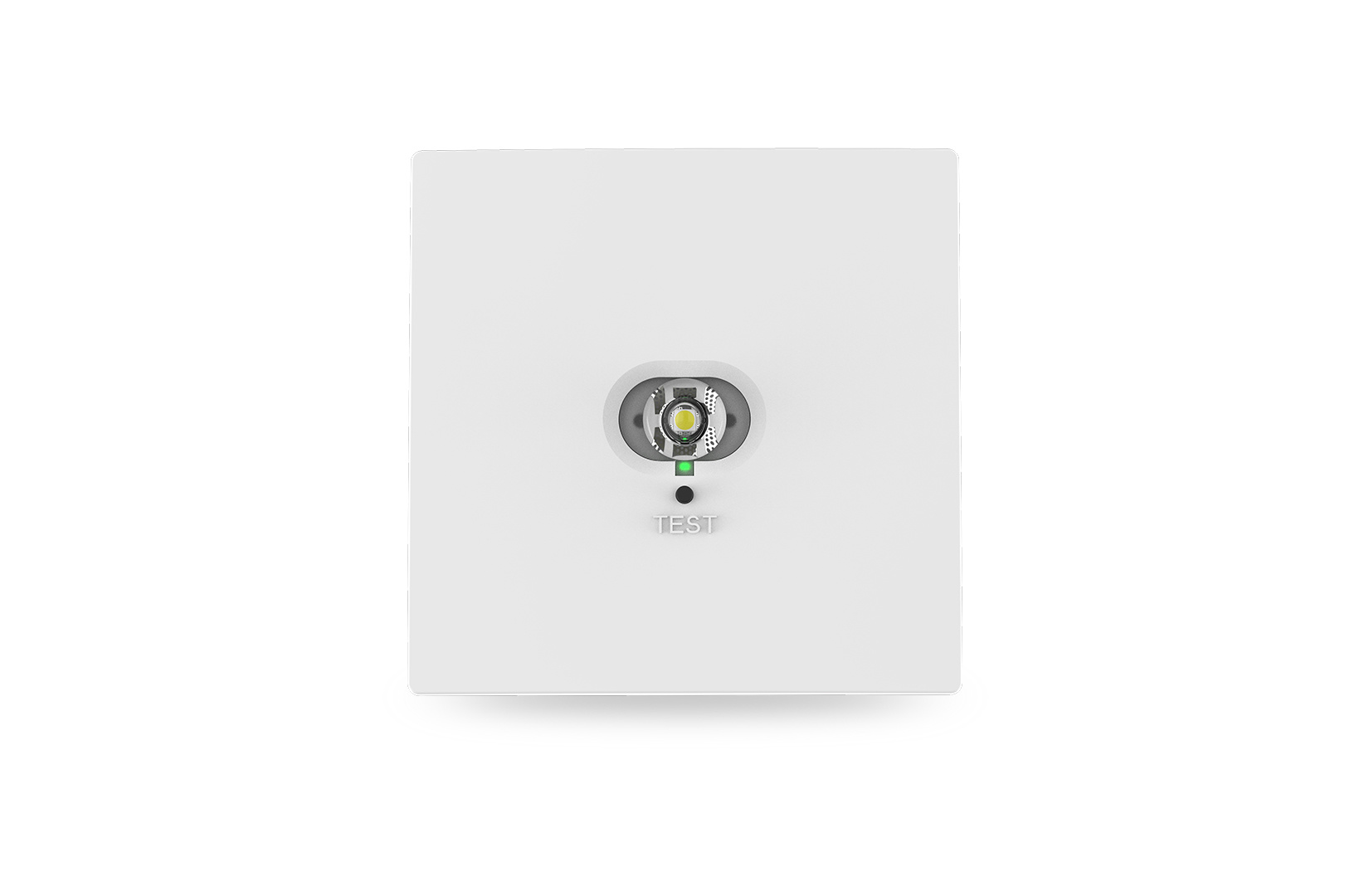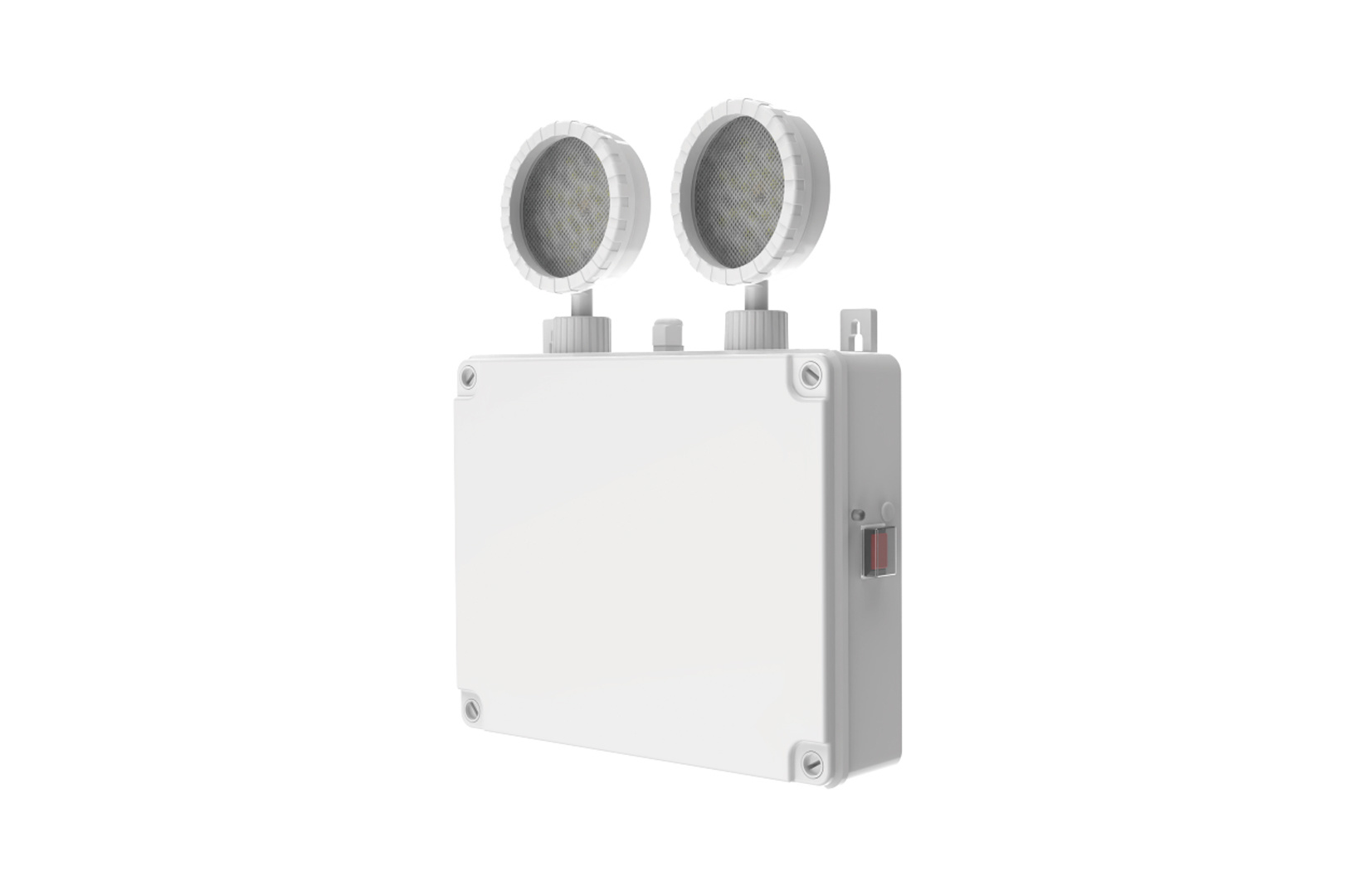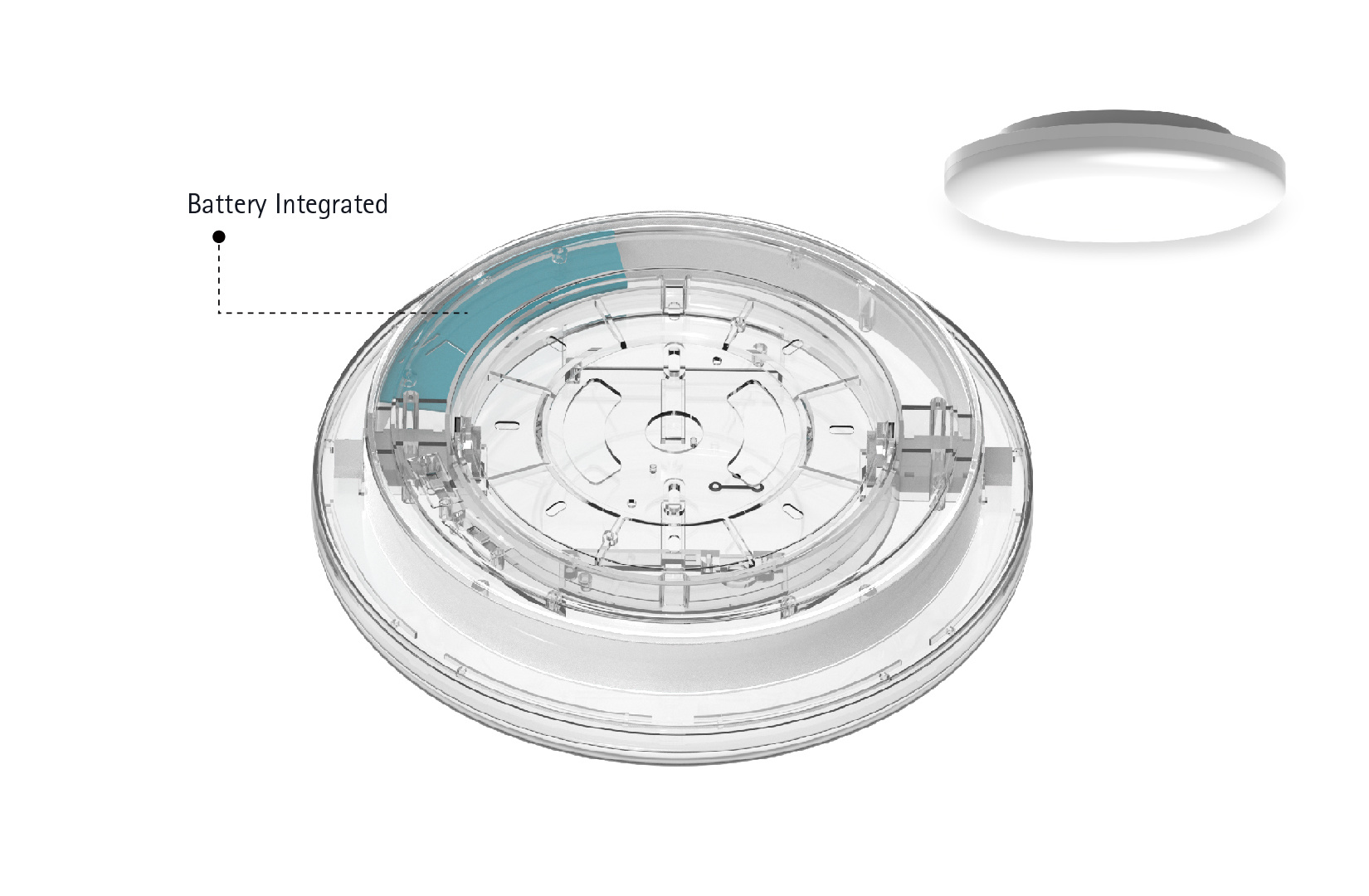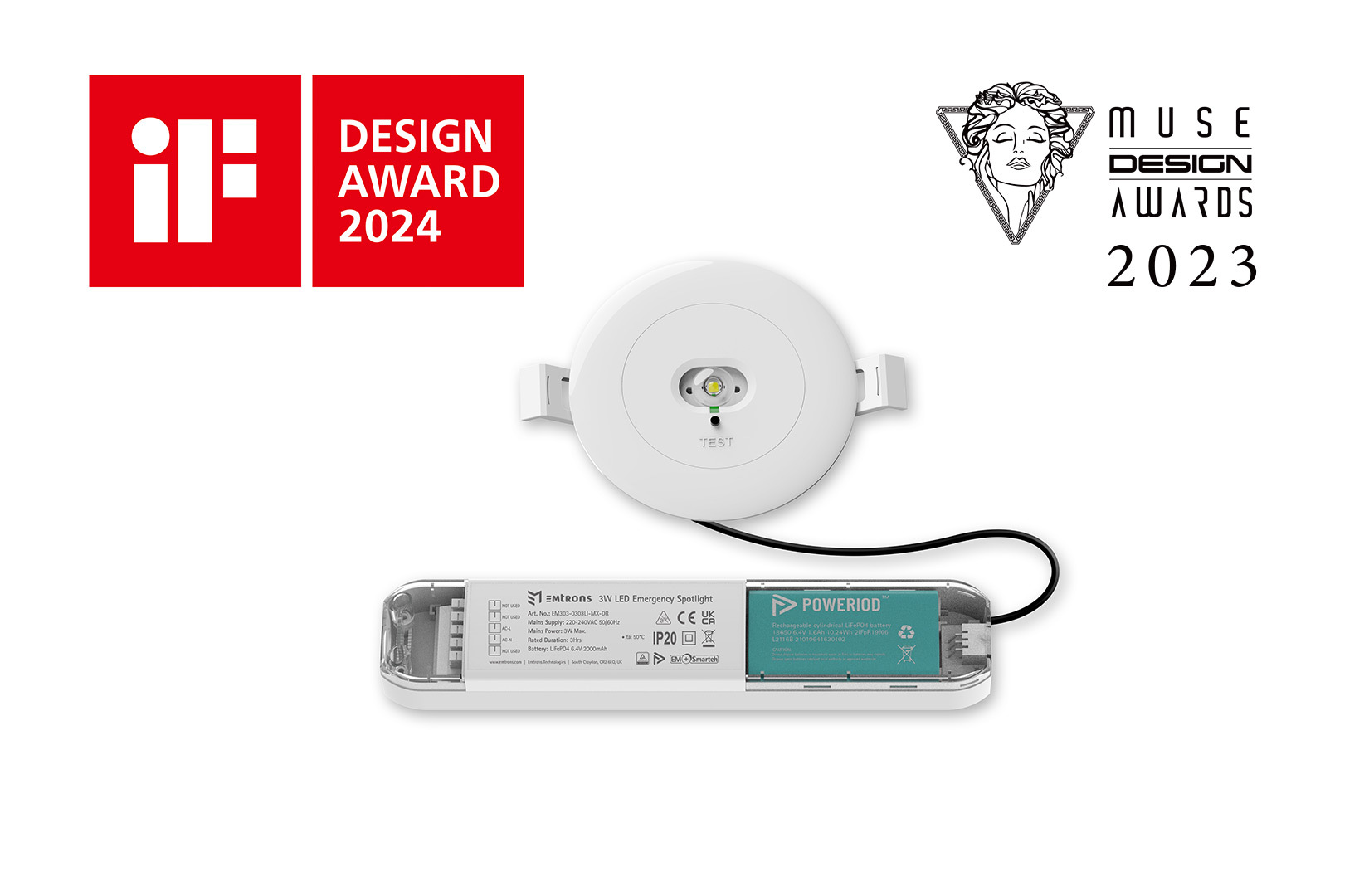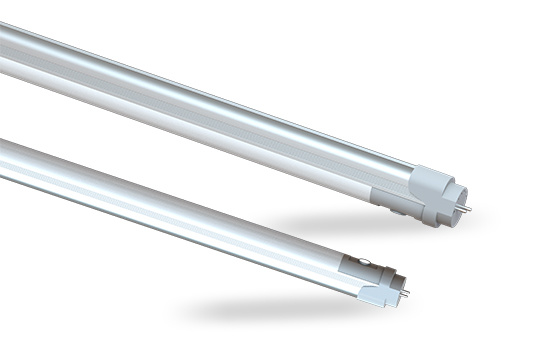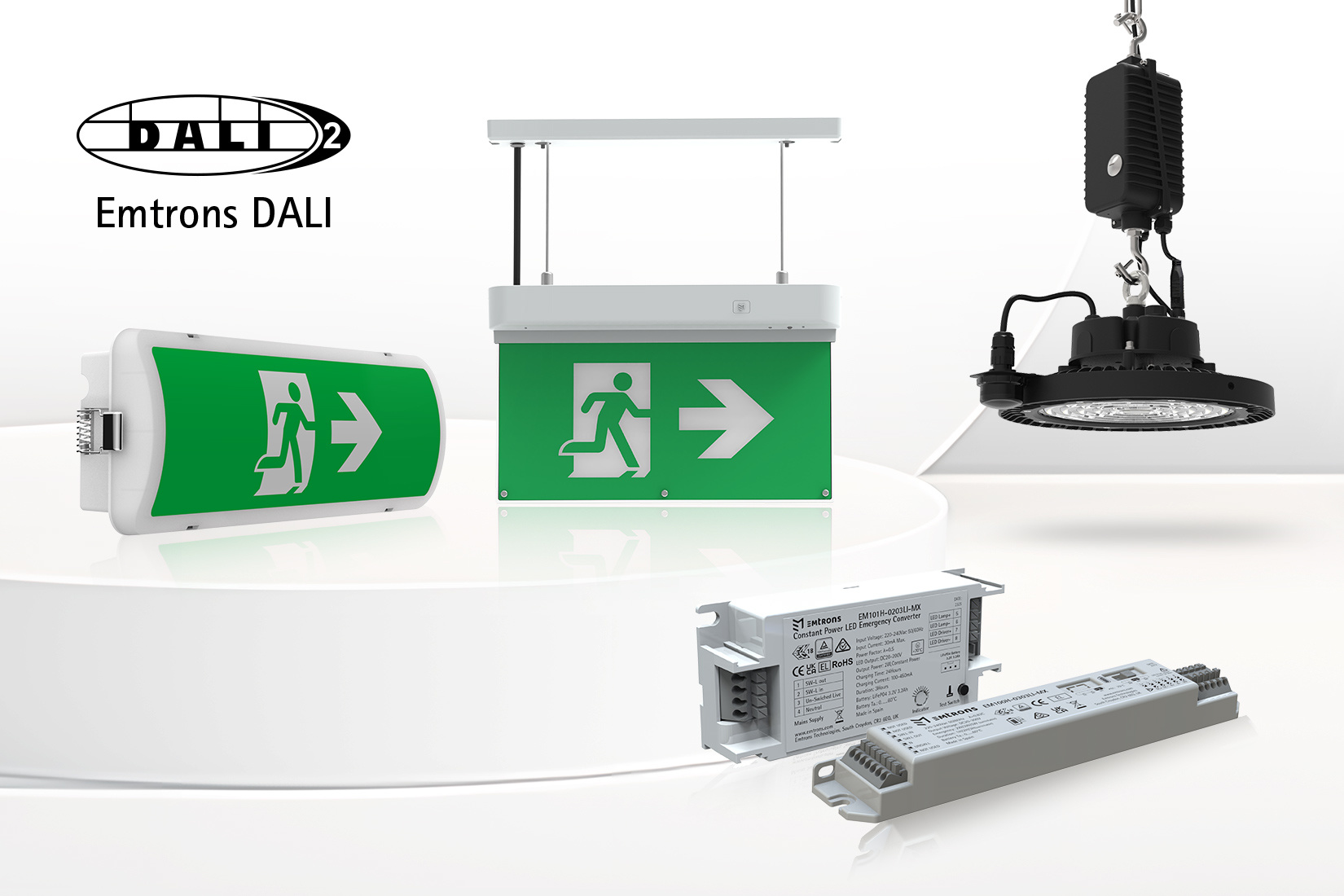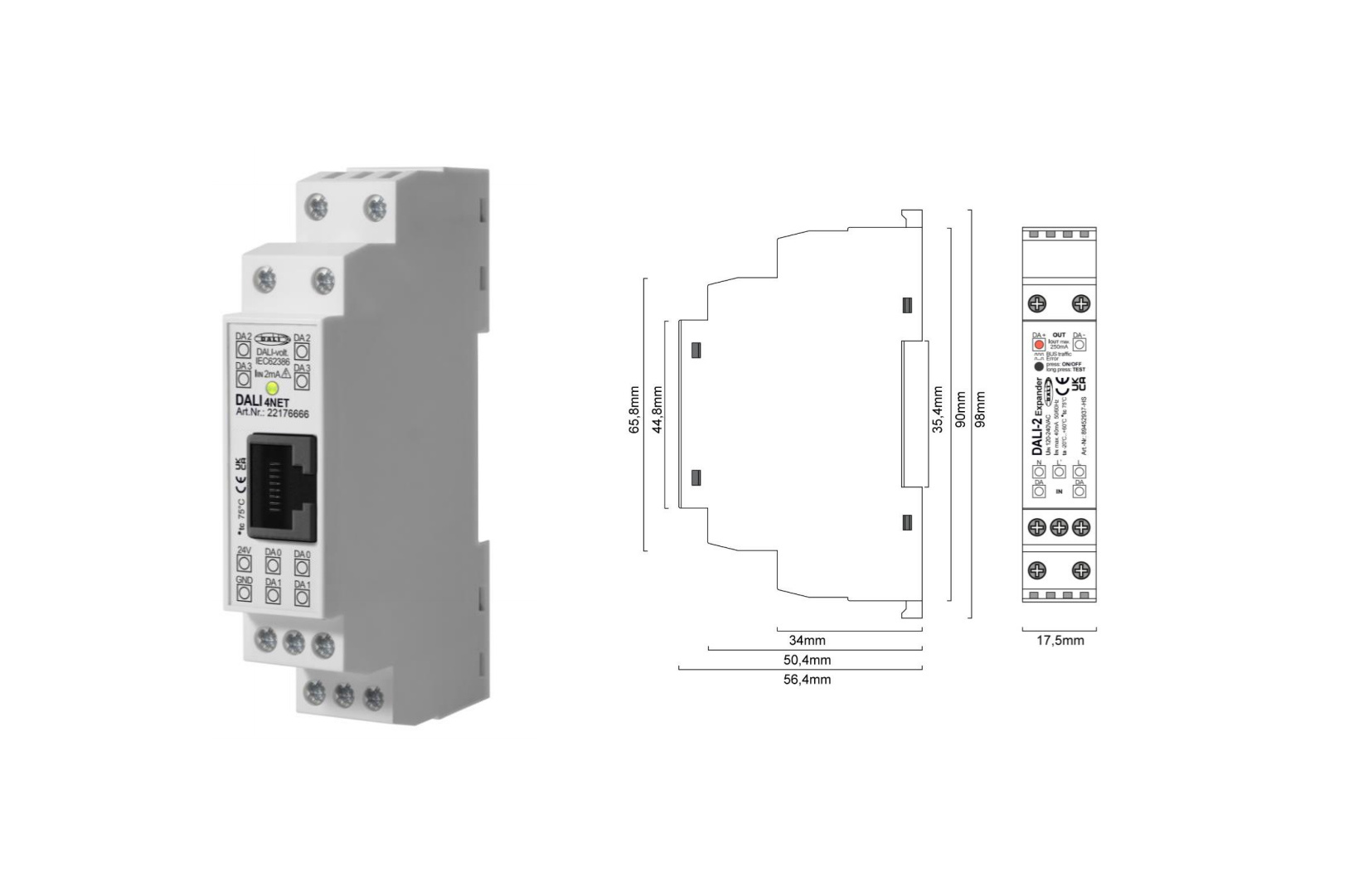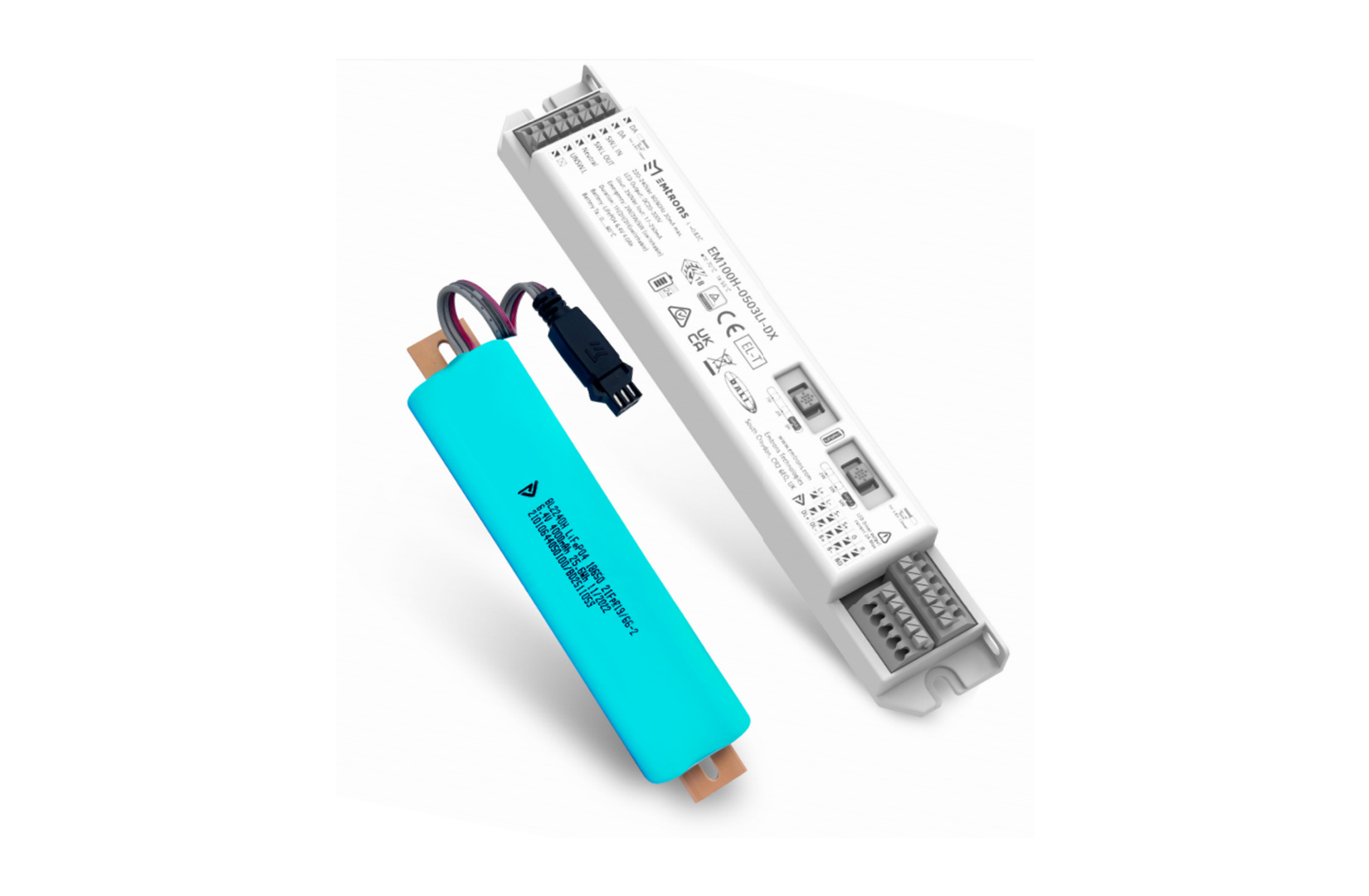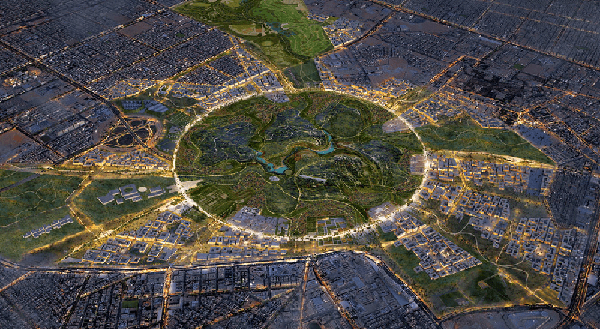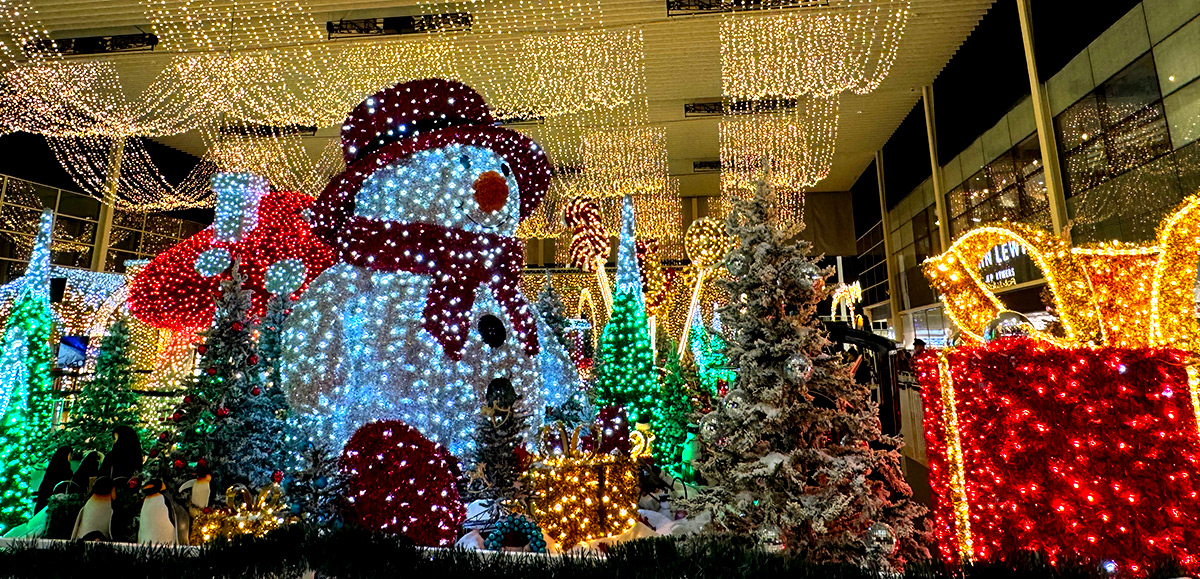Latest News
Museum emergency lighting the light of history in the light of continuity
Release time:2024-11-30 10:33
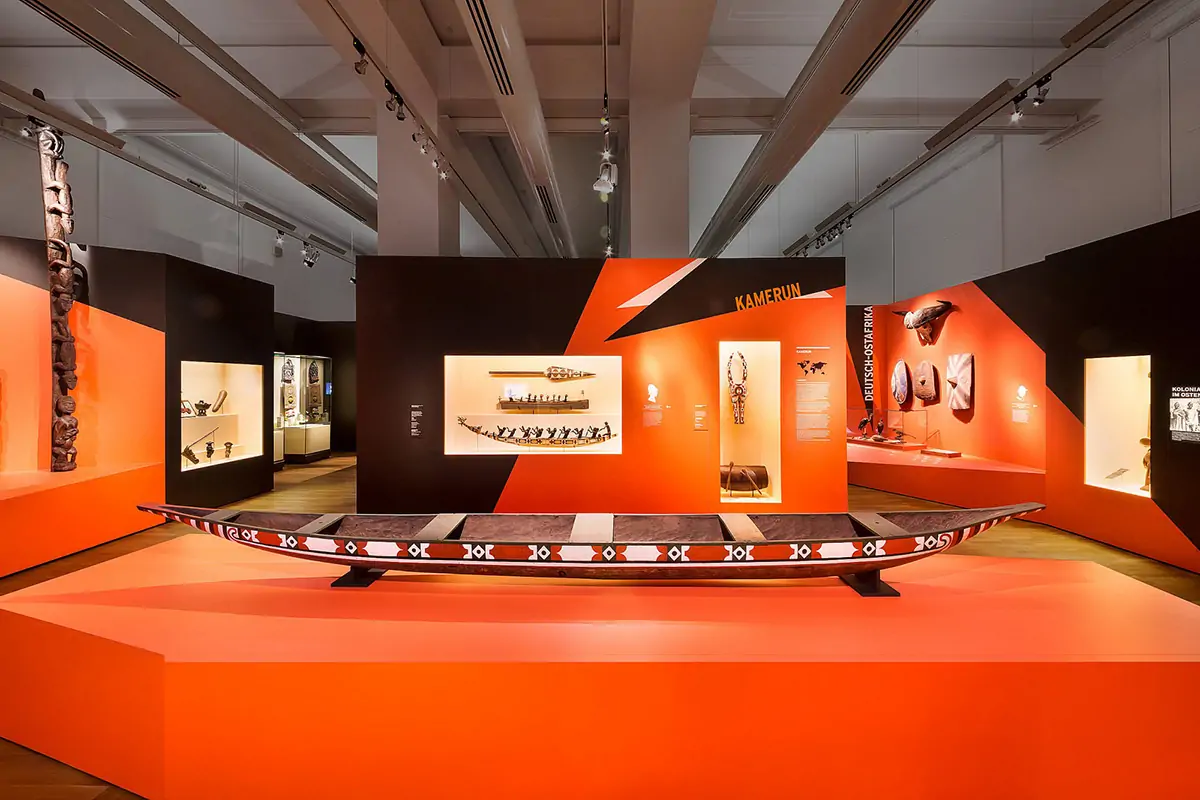
Most often, Museums are the only institutions that keep and preserve human history and culture to which millions of invaluable cultural values belong. In the museum. Emergency lighting is not only necessary for the exhibition of works of art and exhibitions or for safety in approaching the necessary facilities. In the event of sudden black out or any unexpected event ,how to protect these valuable artifacts from any harm or how to evacuate people especially visitors out of the museum safely? Looking at the museum emergency lighting system cannot be over emphasized.
What is the importance of the emergency lighting in museums?
Artworks, whether it is paintings, sculpture or historical artefacts on display in museums have enormously strict light demands. Extremely high intensity of light can result in fact to aged deterioration of the leading relics and even can bring irreversible harm. And in case with fire, earthquake or power failure, the ordinary lighting system may not work, whereas the emergency lighting system has become the only guarantee for the safety of cultural relics and the people’s evacuation.
Why do museums need emergency lighting?
Any sort of item in a museum: it could be a painting, sculpture or an ancient artifact, requires highly specific light conditions. Over lighting is detrimental to the state of preservation of the cultural relics and it even has some negative effects of damaging the pieces irreversibly. If for some reason the ordinary lighting system is suddenly interrupted in fire or earthquake, power failure, etc., at this point, the emergency lighting system adopted here has become the main factor for the safety of cultural relics and crowd evacuation.
The main function of the museum emergency lighting:
Museum emergency lighting is not only the traditional emergency lighting, it must also have the following key functions:
Ensure that the evacuation channel is open: emergency lighting refers to the type of lighting that enables all the possible evacuation routes ans exits to be well illuminated during power failure or in any other form of calamity. In particular, in large and multifaceted exhibition spaces, obtaining emergency lighting will facilitate the identification of exits in unexpected states.
Protecting artifacts and exhibits: A vast majority of those displayed in the museum are artifacts that come with a very high worth in culture. Emergency lighting systems cannot have any ducts and must not be influenced by changes in conditions during emergencies when they may pose a threat to expensive exhibits. For instance, today’s LED based emergency lighting can produce adequate illumination while not stating the artefacts.
Comply with safety standards: The Museum Emergency Lighting Code states that, in order to guarantee the proper functioning of the emergency lighting system, specialised assistance must be consulted so that contingency guidelines intersect with the local fire and building safety codes. Testing and maintenance of systems imply that all systems are in their best working condition all the time.
This paper explains different solutions to provide emergency lighting for museums:
Museum emergency lighting solutions involve protection of art works, evacuation of people and survivability of the system. Here are some core elements:
Light source selection: Cultural relics should not be exposed to high heat or UV light and therefore low heat and low UV LED light source should be used. Also, the rate of energy-efficient features of the LED light source can also decrease operational costs.
Intelligent control: The DALI2.0 lighting monitoring system is employed to achieve intelligent control of the lighting system. This system is designed to swiftly switch to emergency mode within less than 0.1S after a power outage and adjust the light intensity to meet the brightness requirements of a specific lighting environment. Similarly, the system can interface with fire and safety systems to enable other additional lighting control functions. The advantage of this system lies in its ability to monitor the working status of each emergency lamp more easily and detect whether there is a damaged lamp, facilitating unified maintenance.
Emergency lighting distribution: Any fixture for emergency lighting should feature evenly throughout the significant zones of the museum such as corridors, stair turrets, and exits of the exhibitions halls. Make sure that the escape route and exit sign are visible enough at any given time of an emergency.
Duration and brightness: The emergency lighting system must be capable of providing necessary lighting level after power shutdown for a period of normally between 30 minutes and 2 hours. This upon particular needs of the museum and requirements of local fire codes as for lighting equipment.
Maintenance: Inspect the working condition of the emergency lighting periodically and if the lamps, batteries or the control system are faulty the should be replaced. By the same token, the lamps should be cleaned to sustain the lighting impact as planned and while being used.
Museum emergency lighting fixtures recommended:
LED emergency lighting: At present, LED emergency lighting has been widely used in museums for several years. This type of lighting not only gives long-term lighting assistance, but also cuts energy use that has predetermined points. LED fixtures have a longer life expectancy when compared to conventional incandescent bulbs besides consumption lower power making it efficient for use in the current museums.
Self-testing emergency lights: Another type of museum lighting solution is self-testing emergency lights. They can self-check themselves daily or at frequently in a way that will likely determine their performance in case of an emergency. This cuts down greatly the time and cost of carrying out manual inspections and independently assures the muse’s emergency lighting system’s feasibility.
Emergency Exit Signage lights: Luminous signs directing people to an emergency exit must be posted in or outside each exit in a museum so that the visitors can easily identify where to proceed to in case of a calamity. Altogether adherence should be seen as compliant exit signs and they are essential requisites of every museum.
Battery backup system: It cannot be but to mention that emergency lighting must be backed up by sufficient battery storage required in case of blackouts or power outages. Battery backup guarantees that emergency lighting at the museums will remain functional until normal power is supply coming back hence ensuring than many people are safe.
The best emergency lighting in a museum and its installation
This is due to the fact that the emergency lighting design for museums should consider the special requirements of such a construction. Here are a few design considerations:
Turning to more traditional security and access systems, this research focuses on the Design and Installation of Museum Emergency Lighting.
This means that, when selecting emergency lighting in the museum particular needs of the building must be considered. Here are a few design considerations:
Lighting uniformity: The basic requirement for the emergency lighting system is that, in emergency conditions, the museum should be illuminated uniformly and have no zones of shadow. Because lights play a more important role in the design of the exhibition areas and halls, the distribution of lights requires consideration of the characteristics of the display area.
Automatic activation of emergency lighting: Emergency lighting shall be self-sufficient in boosting operation in case of failure or black out without manual control.
Testing and maintenance: It only involves testing and maintaining the emergency lighting system in a routine manner to make certain that will operate when it is important. In the case of museum emergency lighting, an automated testing system can be used as a means of checking all the lights on the museums, so that none of it remains untested.
Conclusion
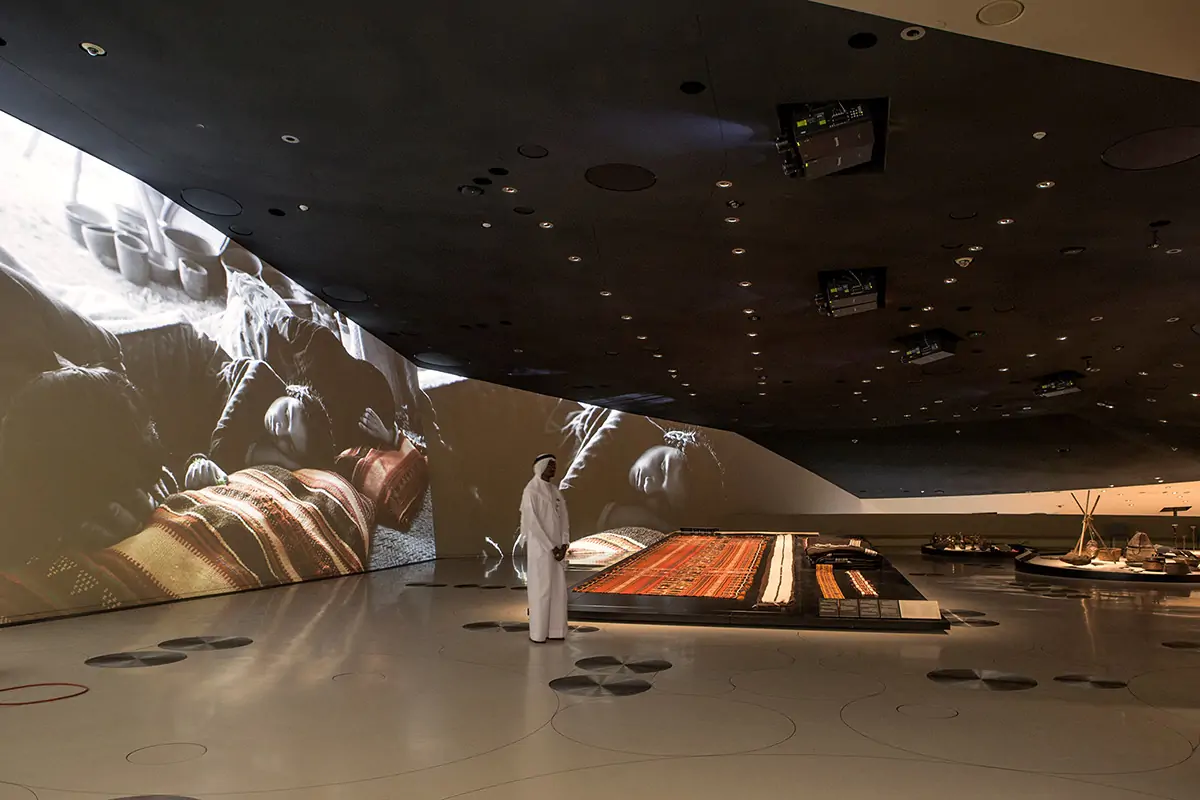
Very often museums are not only the temples of culture and art, but also open spaces and that is why they need enhanced security. It is therefore a direct responsibility of every museum manager to ensure that they put into place an appropriate and effective museum emergency lighting system. Whether clients want leD emergency lights, wireless emergency lighting systems, or installing self-testing emergency lights, the aim is to safeguard visitors in case of an emergency and preserve exhibitions.
Through a proper selection of the emergency lighting, museums may not only meet the requirements of safety standards but also may create better conditions for visitors. As a result, any type of museum, be it a big museum or a local art exhibition, can reach greater results in terms of safety and reliability with the help of the right emergency lighting.
More News
2025.03.21
Emtrons Contributes to Landmark King Salman Park Project in Saudi Arabia
EM100 Pro Heat Resistant EmergencyKit Combo - In ambient temperature up to 70 ℃


